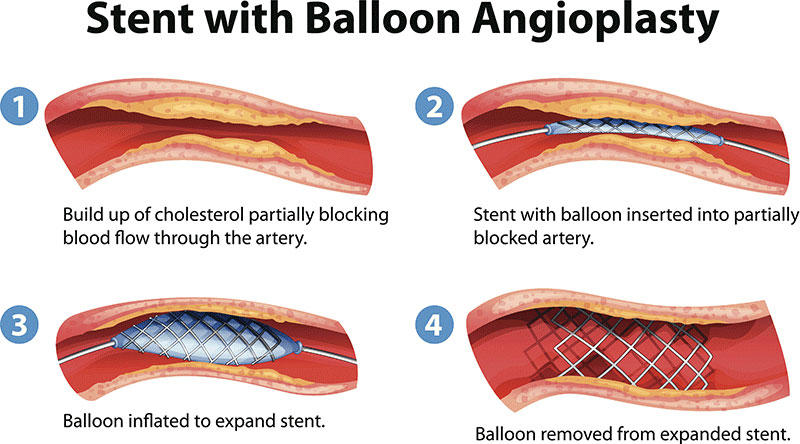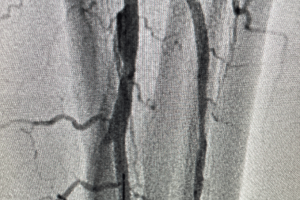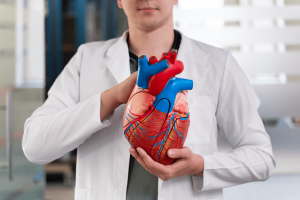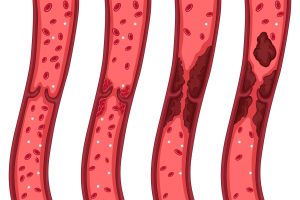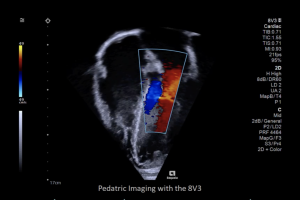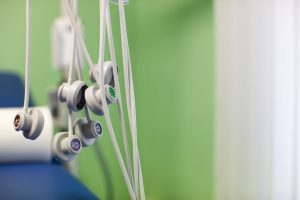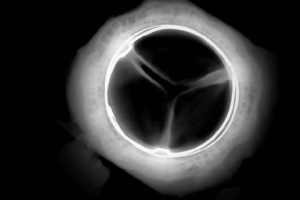The heart never takes a break. The heart is a strong muscle that never stops exercising, not for a minute. Every minute it needs blood, nourishment and oxygen. At Amarillo Heart Institute, we understand the importance of keeping your heart healthy and functioning at its best. We believe that a healthy heart is the foundation of a healthy life, and our goal is to provide you with all you need to achieve optimal heart health, a happier heart.
Coronary Artery Disease
The coronary arteries (“coronaries”) are the conduits for that blood. These arteries must adapt to your needs. They must supply five times more blood when you are running than when you are resting.

Image by Freepik
Coronary Artery Disease, Causes & Consequences:
When cholesterol attaches to the wall of the arteries, it forms what we call “plaque,” which is a build up of fat and tissue. The body reacts to this build-up by trying to dissolve it, but since it is within the wall of the artery, the body’s reaction causes damage to the blood vessel instead. As plaque grows, it occupies more space inside of the artery, causing a blockage.
When the blockage partially obstructs the blood flow, the heart muscle that is being fed by that artery will not be able to function normally. Eventually, this will cause chest pain (angina) and can also weaken the heart muscle, leading into heart failure.
If the artery becomes completely blocked by this plaque, the parts of the heart not receiving blood flow will die. This is known as a “heart attack” (myocardial infarction).
Apart from those mentioned, we can find more types of CAD:
- Silent ischemia: Silent ischemia occurs when the blood flow to the heart muscle is reduced without causing any noticeable symptoms.
- Prinzmetal’s angina: Prinzmetal’s angina is a rare form of angina that occurs when the blood vessels in the heart spasm, reducing blood flow to the heart muscle and causing chest pain or discomfort.
- Microvascular disease: Microvascular disease occurs when the tiny blood vessels in the heart become damaged or diseased, leading to reduced blood flow to the heart muscle.
Acute Ischemic Stroke
An acute ischemic stroke is a type of stroke that occurs when a blood clot blocks a blood vessel or artery in the brain, leading to a loss of blood flow and oxygen to the affected area of the brain. This can cause brain cells to die, leading to permanent brain damage or even death.
Ischemic strokes are the most common type of stroke, accounting for approximately 87% of all stroke cases. They can occur at any age but are most common in older adults.
Some of the most common symptoms of an acute ischemic stroke include sudden weakness or numbness in the face, arm, or leg, particularly on one side of the body; sudden confusion, trouble speaking, or difficulty understanding speech; sudden trouble seeing in one or both eyes; sudden trouble walking, dizziness, or loss of balance or coordination; and sudden severe headache with no known cause.
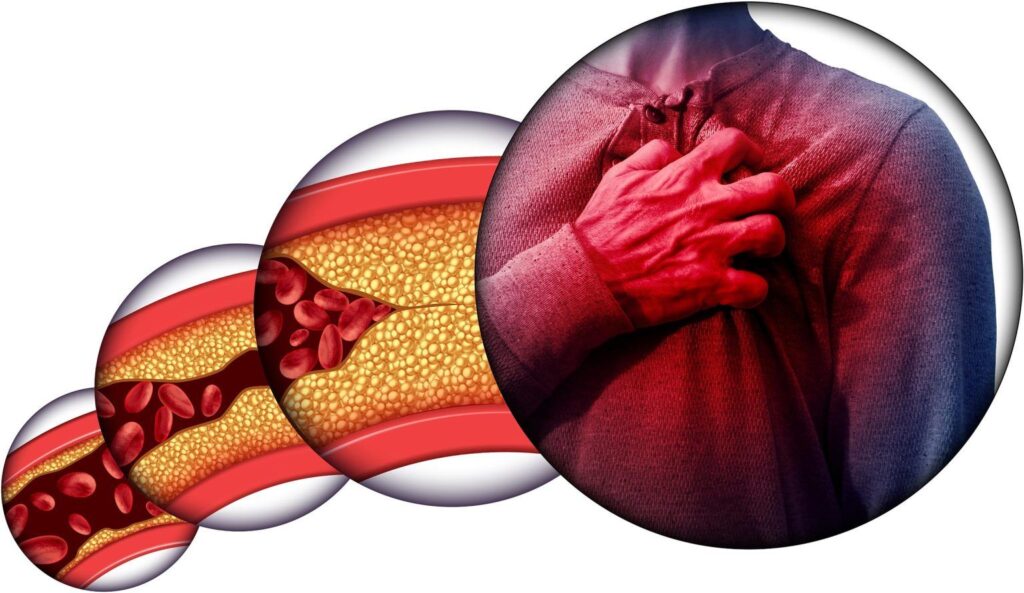
Immediate medical attention is critical for anyone experiencing symptoms of an acute ischemic stroke. Treatment may vary among different solutions depending on the severity of the situation:
Angioplasty and stenting: This is a procedure that involves the use of a small balloon catheter to widen a narrowed or blocked blood vessel or artery in the brain, followed by the placement of a stent to keep the blood vessel or artery open.
Thrombolytic therapy: This is a medication-based treatment that involves the use of clot-busting drugs such as tissue plasminogen activator (tPA) to dissolve the clot and restore blood flow to the affected area of the brain. Thrombolytic therapy is most effective when given within 4.5 hours of the onset of symptoms.
Endovascular treatment: This is a mechanical procedure also called Thrombectomy that involves the use of a catheter to remove the clot from the affected blood vessel or artery in the brain. The procedure is typically performed under imaging guidance and may be used in conjunction with thrombolytic therapy.
How to manage Coronary Artery Disease
The medication are aimed to treat the symptoms like chest pain or shortness of breath, to prevent worsening of the disease by stopping the growth of the plaque, and to allow the heart a better environment in which to work: A healthier body.
How to Diagnose Coronary Artery Disease
These are the procedures performed to diagnose the problem (Cardiac Catheterization) or to treat it (Coronary angioplasty, Coronary stents, Coronary atherectomy).
Coronary artery disease (CAD) is typically diagnosed through a combination of medical history, physical examination, and various tests. Here are some of the common diagnostic tests that doctors may use to diagnose CAD:
Electrocardiogram (ECG or EKG): An ECG is a non-invasive test that measures the electrical activity of the heart. It can help identify abnormal heart rhythms and signs of previous heart attacks.
Stress test: A stress test, also known as an exercise stress test, is used to evaluate how well your heart responds to exercise. During the test, you’ll be asked to walk on a treadmill or ride a stationary bike while your heart rate, blood pressure, and ECG are monitored.
Cardiac Catheterization: Cardiac catheterization is an invasive diagnostic procedure that involves inserting a thin, flexible tube (catheter) into a blood vessel in the arm, groin, or neck and threading it to the heart. Once the catheter is in place, contrast dye is injected into the heart’s blood vessels, and X-ray images are taken to evaluate blood flow and detect any blockages or abnormalities.
Echocardiogram: This is a non-invasive test that uses sound waves to create images of the heart. It can help evaluate the structure and function of the heart, and detect any abnormalities in blood flow.
Coronary angiography: This is an invasive test that involves injecting a contrast dye into the arteries of the heart and taking X-rays. It can help identify blockages in the arteries and determine the severity of CAD.
Blood tests: Blood tests can be used to measure cholesterol levels and other markers of inflammation that can contribute to CAD.
Your doctor may recommend one or more of these tests depending on your symptoms, medical history, and other factors. It’s important to talk to your doctor if you’re experiencing any symptoms of CAD, such as chest pain, shortness of breath, or fatigue, so that you can receive a proper diagnosis and appropriate treatment.
Image by wavebreakmedia_micro on Freepik
Image by Freepik
Image by DCStudio on Freepik
Image by ArtPhoto_studio on Freepik
How to treat Coronary Artery Disease
Coronary artery disease (CAD) is a progressive condition that can lead to serious complications such as heart attack and stroke. While it cannot be cured, it can be managed with a combination of lifestyle changes, medications, and medical procedures. Here are some of the common treatments for CAD:
Lifestyle changes: Adopting healthy lifestyle habits can help slow the progression of CAD and reduce the risk of complications. This may include quitting smoking, eating a healthy diet, exercising regularly, managing stress, and maintaining a healthy weight.
Medications: Various medications can be used to manage CAD, including cholesterol-lowering drugs, blood pressure medications, antiplatelet medications, and medications to control symptoms such as angina.
Angioplasty and stenting: These minimally invasive procedures involve inserting a catheter into a blocked or narrowed artery and inflating a small balloon to widen the artery. A stent (a small metal mesh tube) may be placed to help keep the artery open.
Coronary artery bypass surgery: In cases where the blockages are too severe for angioplasty and stenting, coronary artery bypass surgery may be recommended. This involves creating a bypass around the blocked artery using a vein or artery from elsewhere in the body.
Coronary atherectomy: medical procedure that involves using a catheter with a rotating blade or laser to remove plaque buildup from the walls of the arteries, opening up the artery and improving blood flow. This procedure is generally reserved for cases where angioplasty and stenting are not effective, or the blockage is too hard or too long to be treated with a stent.
The best treatment for CAD depends on the severity of the condition and other factors such as age, overall health, and medical history. Your doctor will work with you to develop a treatment plan that’s right for you. It’s important to follow your doctor’s recommendations and make lifestyle changes to manage your condition and reduce the risk of complications.
Image by brgfx on Freepik

